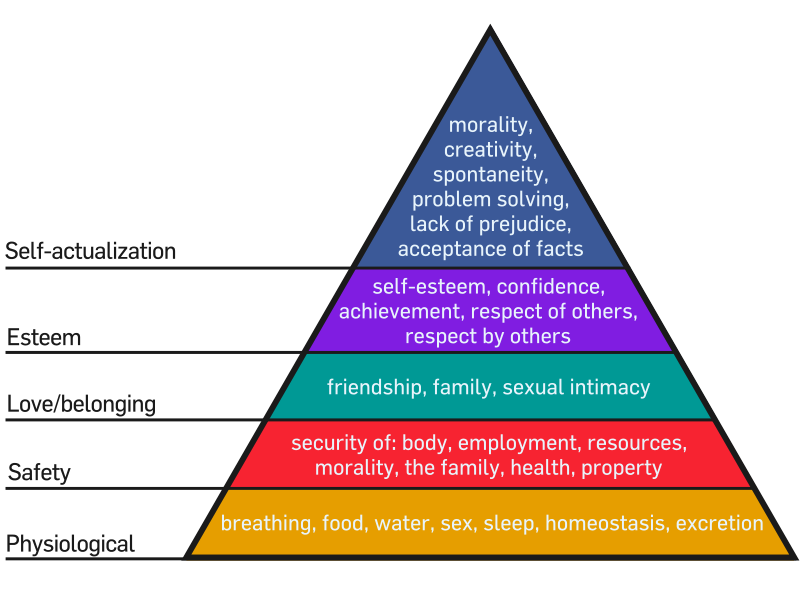
Above is an example of Interface Design — Kulula Airlines decorates its planes in a very playful manner. Does this choice make you feel safer or more reticent to fly their planes? Well, that depends… Consider the FAA Passenger Briefing Guidelines: 14 CFR 91.519. Below are a few examples: § 91.519 Passenger briefing. (a) Before each takeoff the pilot in command of an airplane carrying passengers shall ensure that all passengers have been orally briefed on: Smoking. Each passenger shall be briefed on when, where, and under what conditions smoking is prohibited. This briefing shall include a statement, as appropriate, that the Federal Aviation Regulations require passenger compliance with lighted passenger information signs and no smoking placards, prohibit smoking in lavatories, and require compliance with crewmember instructions with regard to these items; Use of safety belts and shoulder harnesses. Each passenger shall be briefed on when, where, and under what conditions it is necessary to have his or her safety belt and, if installed, his or her shoulder harness fastened about him or her. This briefing shall include a statement, as appropriate, that Federal Aviation Regulations require passenger compliance with the lighted passenger sign and/or crewmember instructions with regard to…





